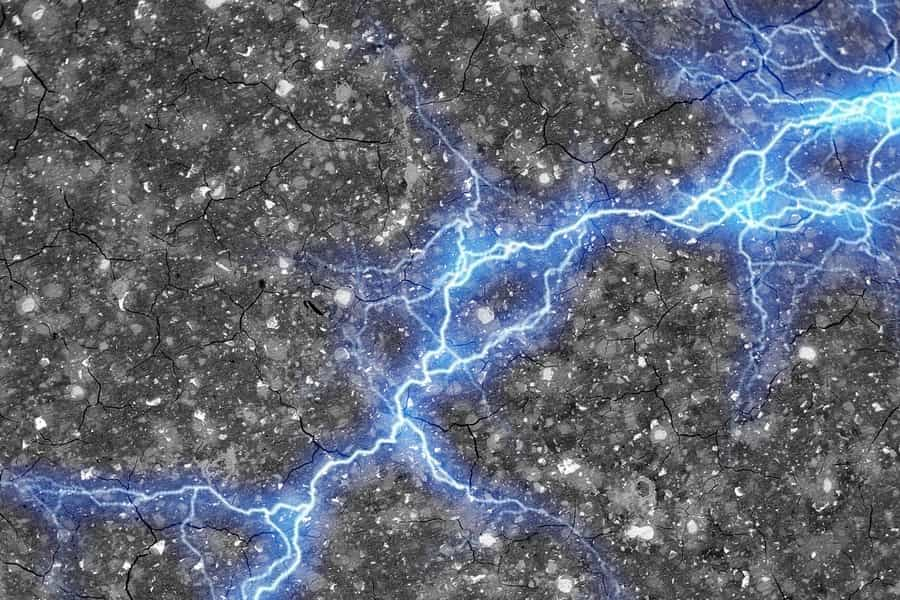There are plenty of problems with concrete. It contributes to the urban heat island effect, is often unsightly, and its embodied carbon rating is through the roof. In fact, one estimate has found that up to 8 per cent of the world’s total carbon emissions come from concrete production.
Despite that, concrete is all around us. This affordable and widely used material serves as the foundation – literally – of modern society.
But what if concrete could not only support our modern structures, but also help store the energy that powers them?
Current innovation
Researchers from the Massachusetts Institute of Technology (MIT) have found a way to make a “concrete battery”. The formula is surprisingly simple: cement, water, and a highly conductive substance called carbon black.
When the researchers mixed those three ingredients together, they found that the resulting material performs like concrete, except that it also stores electrical energy.
Before you get too excited, you should know that this technology isn’t ready to provide an alternative to lithium-ion batteries. In fact, the concrete functions as a supercapacitor rather than a battery in the classic sense.
Supercapacitors can actually charge much more quickly than batteries, and their performance doesn’t degrade over time. However, they also release their charge much more quickly, meaning they wouldn’t be useful as energy storage for phones or laptops.
Potential applications
At present, the concrete supercapacitor can only store enough energy to power an LED lightbulb for 30 hours. However, the researchers say that if they’re able to scale the supercapacitor up and improve its storage ability by finding the optimal ratio of carbon black to cement, it could provide enough energy storage in the foundations and structure to provide power storage for a house’s daily needs.
One other exciting potential use for the material could be storing solar energy in roads. The researchers envision roads containing the carbon black supercapacitor, whose quick energy release allows electric vehicles to charge as they drive.
All of this remains a distant dream, but one that seems well worth pursuing.
 Nick Johns-Wickberg
Nick Johns-Wickberg


Leave a Reply